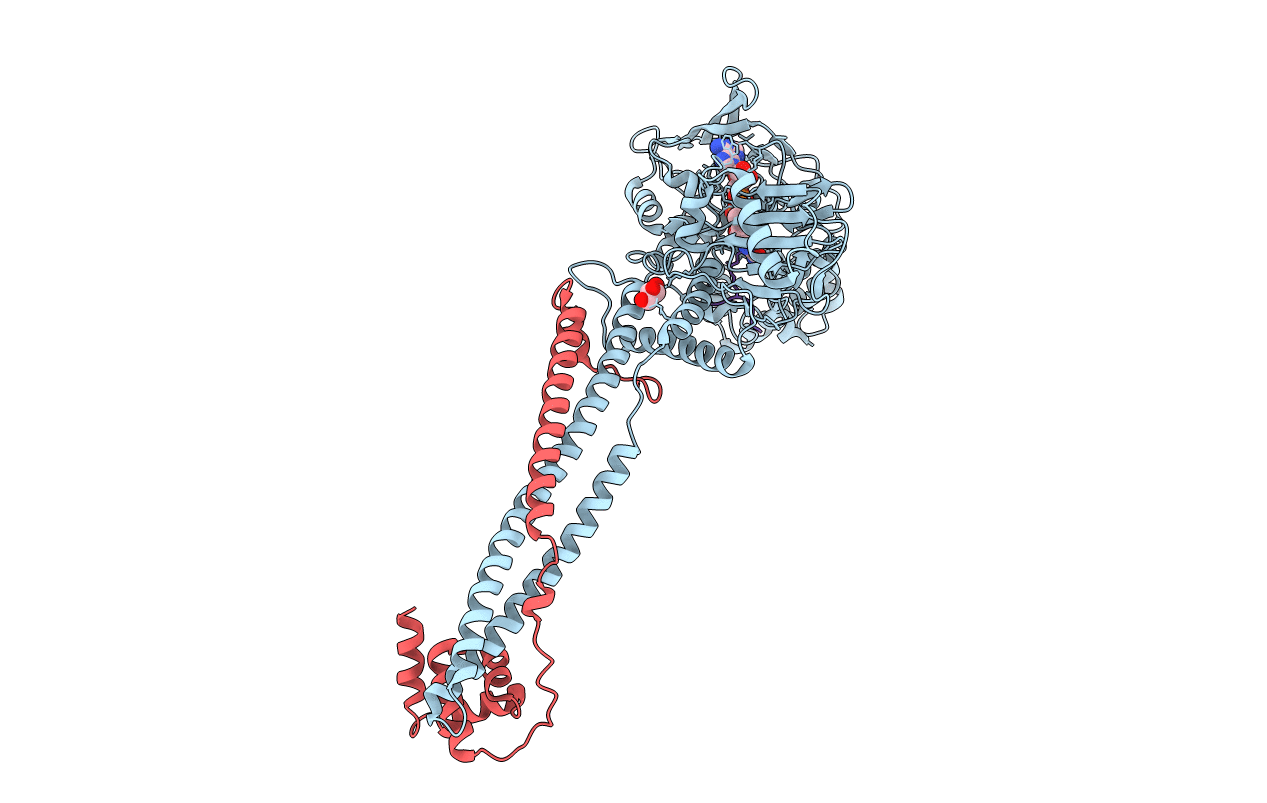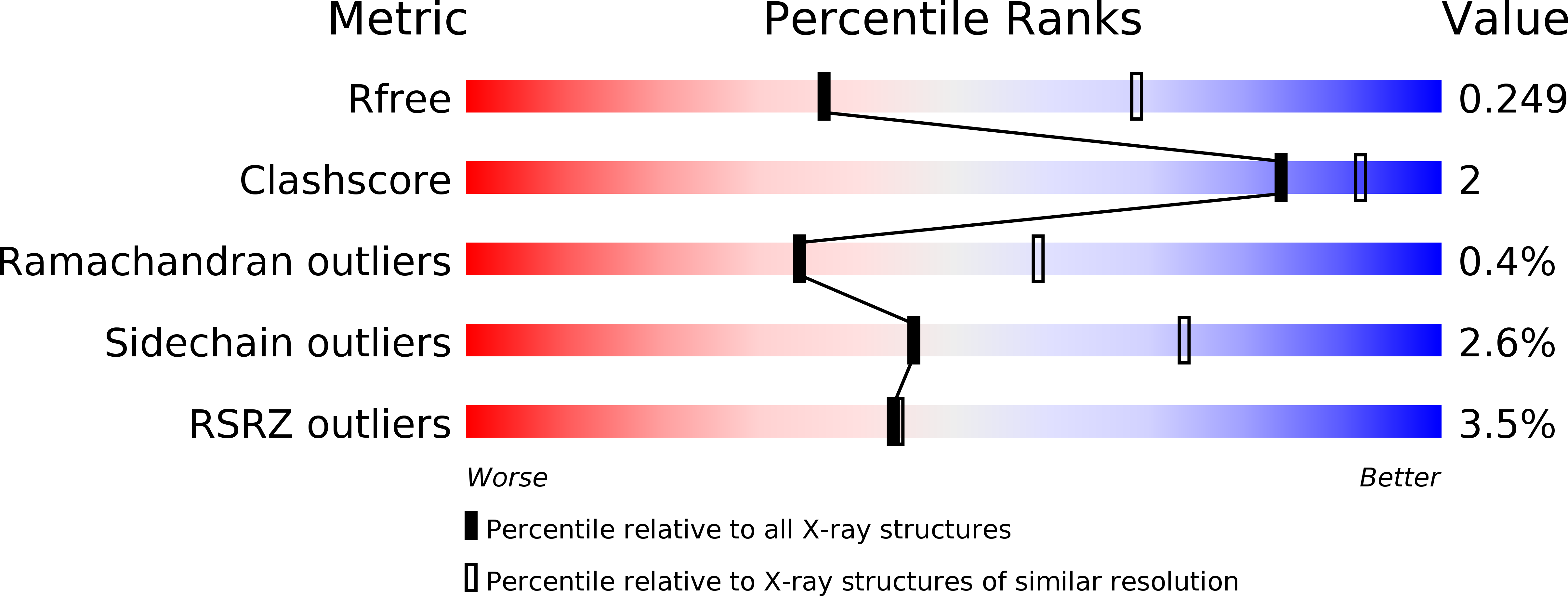
Deposition Date
2007-03-28
Release Date
2007-05-29
Last Version Date
2025-10-01
Entry Detail
PDB ID:
2UXN
Keywords:
Title:
Structural Basis of Histone Demethylation by LSD1 Revealed by Suicide Inactivation
Biological Source:
Source Organism:
HOMO SAPIENS (Taxon ID: 9606)
Host Organism:
Method Details:
Experimental Method:
Resolution:
2.72 Å
R-Value Free:
0.27
R-Value Work:
0.24
R-Value Observed:
0.24
Space Group:
I 2 2 2


